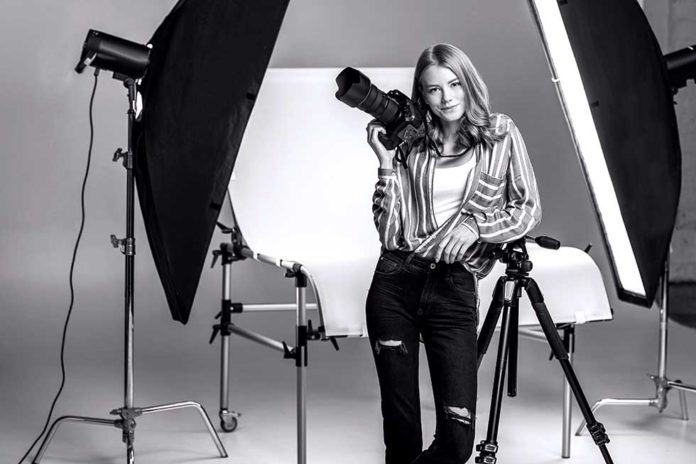Simple Lens Rating Criteria & Methodology
We score lenses across a consistent set of categories on a 1–10 scale, then compute a simple, unweighted average of the applicable categories. No category is given extra weight. Our tests combine checks and real‑world shooting, and we always disclose when a category is not relevant (N/A).
What we score (unweighted)
Each category is scored 1–10. If a category doesn’t apply (for example, “Digital adaptation” for a native lens), it is excluded from the rating.
- Build quality
Materials, assembly precision, long‑term reliability signals (focus ring feel, aperture detents, wobble, weather sealing where relevant). - Optical sharpness/resolution
Center and edge acuity at key apertures (wide open, ~f/4, ~f/5.6–8). We note the field curvature and copy condition where observed. - Color & contrast
Tonal neutrality/warmth, micro‑contrast, and how files grade from RAW. For vintage, the lenses we note era‑typical rendering. - Bokeh & rendering
Quality of defocus transitions, specular highlights (shape, outlining, onion rings), swirl/cat’s‑eye effects, and foreground blur behavior. - Flare & ghosting control
Resistance to veiling flare/ghosts with bright sources in or near the frame; effectiveness of coatings and hoods. - Distortion & vignetting
Geometric distortion type/amount and corner light falloff, both wide open and stopped down (noting when in‑camera/RAW profiles are unavoidable). - Handling & ergonomics
Size/weight balance, focus throw and damping, aperture operation, focus breathing (impact on framing), and day‑to‑day usability. - Digital adaptation ease (conditional)
For lenses used off‑system: adapter availability, infinity focus, mirror clearance, EXIF/stops control, IBIS setup, and any optical‑adapter compromises. - Value / Collector & historical value
- Modern lenses: Value = price/performance, service support, depreciation.
- Vintage/collector lenses: Collector & historical value = historical significance, rarity, version desirability, current market range.
- Overall enjoyment
The “does it make you want to shoot?” factor, informed by field use across multiple sessions.
No weighting: We do not mathematically prioritize any category. Your final score is the unweighted mean of the applicable categories.
Our testing workflow (consistent & repeatable)
We combine controlled checks with real‑world field use and keep conditions as consistent as possible across lenses.
Controlled checks
- Mount & adapters: Use reputable adapters; confirm infinity focus and note any mirror‑clearance or flange issues.
- Stabilization: For tripod tests, OIS/IBIS off; for handheld impressions, we note when IBIS is on and the set focal length.
- Focus method: Magnified live view (or EVF) with focus peaking; double‑check with bracketed focus when needed.
- Apertures tested: Wide open, f/2.8 (or next full stop), f/4, f/5.6, f/8 (and f/11 for landscapes).
- Targets & scenes:
- Flat subject (brick/structured façade) → observe field curvature/edge performance.
- Backlit point light → assess flare/ghosting.
- Specular background (foliage/lights) → evaluate bokeh highlights.
- Files: RAW only, daylight WB fixed, default manufacturer profile; minimal global edits (exposure/white balance) so rendering isn’t masked.
Real‑world use
- Use cases: Portraits, street, landscape, close‑focus when relevant.
- Notes kept: Handling, focusing success rate, aperture “sweet spots,” and any quirks (focus shift, breathing, sample variation).
- Hood usage: Tested with and without the hood for the flare section, and we state which applies.
Interpreting 1–10 (anchor guidance)
- 9–10 “Class‑leading” – Exceptional for its type/era; issues are minor or purely physical trade‑offs (e.g., size for performance).
- 8 “Excellent” – Strong results with minor caveats that rarely limit use.
- 7 “Good” – Solid performer; some limitations users should know.
- 6 “Adequate” – Usable with noticeable compromises or setup needs.
- 5 “Average” – Meets minimum expectations; several caveats.
- <5 “Below par” – Clear drawbacks that affect routine use.
Modern vs. vintage: how categories adapt
- Modern lenses → include Value (price/performance) and skip Collector unless historically notable.
- Vintage lenses → include Collector & historical value and typical vintage notes (coating era, blade count, version differences).
- Digital adaptation → only scored when the lens is used on a non‑native system or when adaptation is a key part of ownership.
Version differences & sample variation
- Many lenses exist in multiple versions (coatings, diaphragm blade count, and mechanical revisions). We identify the tested version and note any known differences.
- Vintage copies vary (decentering, haze, lubrication, balsam separation). If we suspect a copy issue, we say so. When possible, we test multiple copies or cross‑check against prior samples.
What we don’t do
- No lab MTF charts: We rely on consistent field‑relevant checks and high‑resolution screens/prints rather than publishing bench charts.
- No weighting: Every applicable category counts equally in the final score.
- No heavy post‑processing on samples: We keep edits minimal so native rendering stays visible.
Pros & Cons and the Summary
Every review ends with:
- Pros & Cons – concise, practical bullets tied directly to the categories above.
- Assessment summary – a 50–90‑word TL;DR stating who the lens is for, the key strength, and the main caveat.
Legacy terms → Current mapping (for returning readers)
Your older rubric used terms like PhotoFinesse, Photographing Journey, and Compatibility & Adaptability. These now map as follows for clarity and consistency across reviews:
- PhotoFinesse → Overall enjoyment
- Photographing Journey → Handling & ergonomics
- Compatibility & Adaptability → Digital adaptation ease
(These changes are editorial only; the underlying ideas remain the same.)



